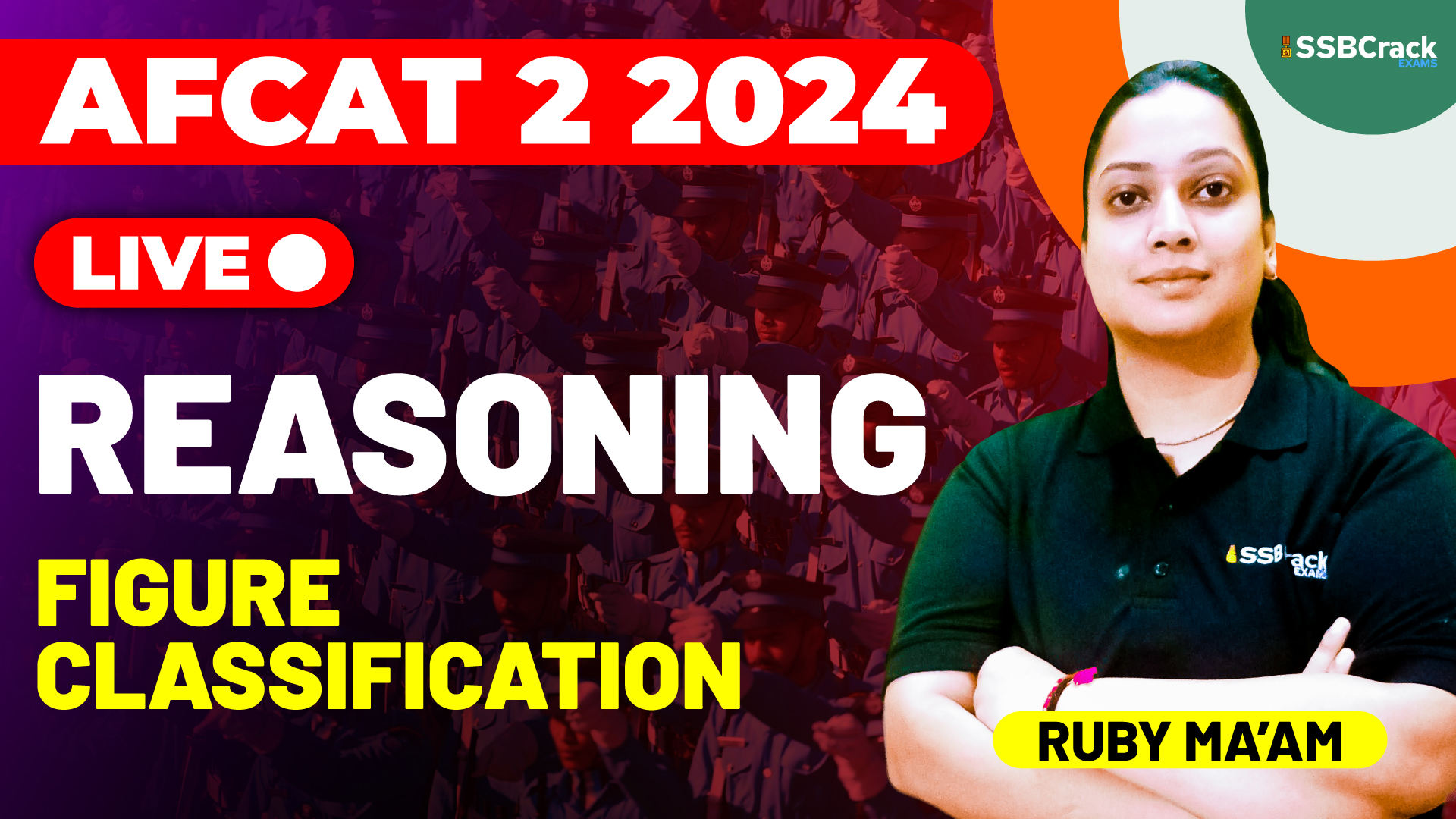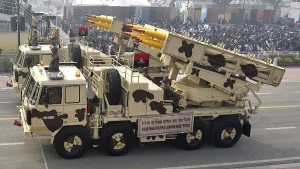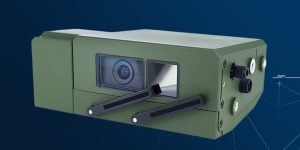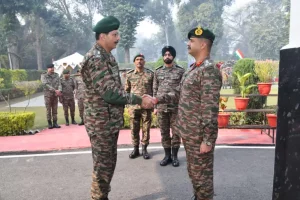The Air Force Common Admission Test (AFCAT) is a crucial gateway for those aspiring to join the Indian Air Force. Among the various sections that the exam comprises, the reasoning section holds significant weight. A key component within this section is figure classification, a topic that often perplexes candidates but is essential for testing and enhancing one’s cognitive abilities. Understanding the importance of figure classification can give AFCAT aspirants a strategic advantage, not just in the exam, but also in their future roles within the Air Force.
What is Figure Classification?
Figure classification involves identifying patterns, similarities, and differences among a set of figures. Typically, candidates are presented with a group of images or shapes, from which they must discern a common characteristic or pattern that sets one figure apart from the rest. This skill is rooted in visual reasoning and is designed to test an individual’s ability to process visual information, recognize relationships, and make logical deductions.
Enhancing Cognitive Skills
The ability to classify figures accurately is indicative of strong cognitive skills, particularly in areas such as:
- Pattern Recognition: Detecting patterns is a fundamental cognitive skill that is crucial in problem-solving and strategic planning, both of which are essential in military operations.
- Attention to Detail: Figure classification demands a keen eye for detail, enabling aspirants to notice subtle differences and similarities that others might overlook.
- Analytical Thinking: This involves breaking down complex visual information into simpler components and understanding how they relate to each other.
Practical Applications in the Air Force
In the context of the Indian Air Force, the skills honed through mastering figure classification have direct applications:
- Navigation and Strategy: Pilots and strategists often rely on interpreting maps, charts, and other visual data. The ability to quickly and accurately classify figures can aid in navigation and strategic planning.
- Surveillance and Reconnaissance: Identifying patterns in surveillance data or spotting irregularities in reconnaissance imagery are tasks that require sharp visual reasoning.
- Technical and Mechanical Fields: Many roles in the Air Force involve working with complex machinery and systems where understanding visual schematics and diagrams is crucial.
Tips for Mastering Figure Classification
For AFCAT aspirants looking to excel in figure classification, here are some practical tips:
- Practice Regularly: Like any other skill, proficiency in figure classification comes with regular practice. Utilize sample papers, online resources, and reasoning books specifically designed for AFCAT preparation.
- Develop a Systematic Approach: Break down each figure into its basic components such as shapes, lines, and patterns. Compare these systematically across the set to identify the odd one out.
- Enhance Visual Memory: Engage in activities that improve your visual memory, such as puzzles, memory games, and spatial reasoning exercises.
- Time Management: During practice, time yourself to improve speed and accuracy. This will help you manage the limited time available during the actual exam.
Conclusion
Figure classification is more than just a test of visual acuity; it is a vital component of the reasoning section in the AFCAT that reflects an aspirant’s ability to process and analyze visual information effectively. By understanding its importance and diligently preparing for this section, AFCAT aspirants can significantly enhance their chances of success in the exam and their future careers in the Indian Air Force. Remember, the skills you develop through mastering figure classification will serve you well beyond the test, providing a solid foundation for the challenges and responsibilities of an Air Force officer.



















